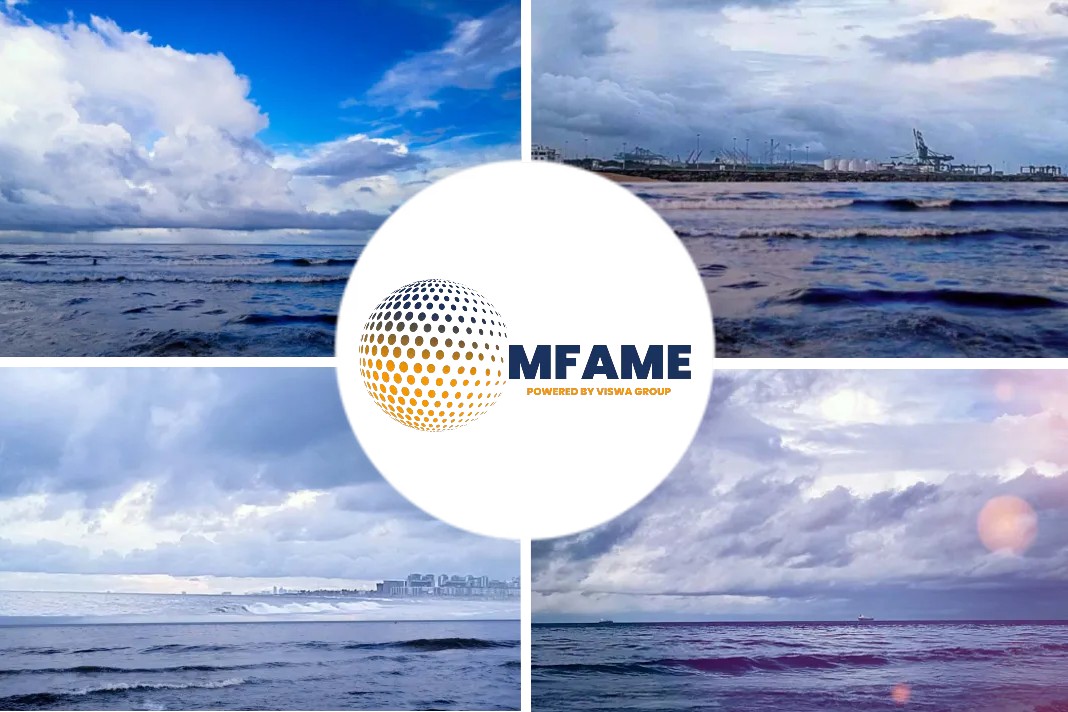- Their captain’s direct ships remotely from a control room.
- The major advantage, according to CEO and founder Louis-Robert Cool, is that: “The captain can do his job in eight hours, and then another captain takes over his shift, and so on.”
- Together we would like to expand our network and enter into partnerships in the Dutch market.
Two firms are preparing the maritime industry for the future as reported by Alewijnse.
A boyhood dream comes true
Alewijnse and SEAFAR have joined forces to contribute to the development of autonomous shipping.
In the future, captains will work ashore instead of onboard the vessels they command.
Only a few sailors will be on board, for maintenance, docking, loading and unloading.
Should an emergency arise, a helmsman on the bridge can take temporary control of the ship.
In fact, technology and services company SEAFAR has already made this semi-autonomous sailing a reality by controlling ten ships from a control room in Antwerp and is planning similar facilities in Namur and Dordrecht.
To advance its plans, SEAFAR is joining forces with Alewijnse to take steps toward the development of innovative systems that will connect with electrical equipment on board to enable remote maintenance and other interventions direct from the control centres.
A pioneer in autonomous shipping
Technology and services company SEAFAR is a pioneer in semi-autonomous shipping.
Their captain’s direct ships remotely from a control room.
They steer up to three ships at a time, 80% go autonomous, with only a few crew remaining on board.
The major advantage, according to CEO and founder Louis-Robert Cool, is that: “The captain can do his job in eight hours, and then another captain takes over his shift, and so on.”
Also, navigation and manoeuvring can be done in a very efficient way through the application of innovative techniques such as artificial intelligence, which can predict behaviour using algorithms, and machine learning, which can identify objects and the surrounding environment using sensors, in order to optimise sailing behaviour.
Same direction
To further advance its semi-autonomous sailing capabilities, SEAFAR searched for a party in the market to work with on the rollout of new systems, providing technical support, maintenance and remote services.
As a system integrator, Alewijnse offers a comprehensive package of technical solutions that includes full electrical installations, systems for energy distribution, generation and propulsion, process automation, audio, video & ICT and systems for safety, navigation and communication.
“Our cooperation is still very new,” continues Louis-Robert Cool, “but our views of the future of the market are the same and we can reinforce each other in a complementary way.”
Our vision of modernizing the current fleet in the Netherlands is the same as well.
Together we would like to expand our network and enter into partnerships in the Dutch market.
We are keen to link up on new projects with Alewijnse, take on several at the same time and optimise the service we provide to our customers, in order to make more vessels #SEAFARReady!
Forward-looking
“We would like to be a future-oriented organisation,” says Tom Milder, Alewijnse’s COO. We’ll show how well-equipped our systems are for emerging technologies like semi-autonomous sailing thanks to our relationship with SEAFAR. We’ve worked with this technology before, as well as the specialised equipment required, such as remote systems, onboard cameras for real-time situational awareness, GPS equipment configured with emergency scenarios like holding positions, and image and voice communication equipment.
Extensive network
We have a large network because we cooperate with major shipyards and vessel owners, especially for the construction of new inland, cargo, and coastal boats. We also have a lot of experience with system design, electrical installation, and after-sales service. We maintain Alewijnse equipment on several ships, and this service may easily be expanded to include SEAFAR systems. This technology is being installed on a growing number of ships.
Strengthening inland shipping
According to Cool, semi-autonomous sailing is the solution to inland navigation’s existing issues. “On the one hand, obtaining a licence is difficult, but on the other hand, there is a severe scarcity of staff. Around 6000 workers would be needed in the sector by 2030, according to estimates. Because sailing has become more efficient, it is feasible to adapt working habits and make the role of captain not only more appealing but also more resourceful by integrating new technologies. Improving inland navigation has a business case since it frees up funds for investments in sustainable technology.”
Confidence for future
“The key advantages of unmanned sailing are cost savings, the ability to sail 24/7 while adhering to work and rest time requirements, and increased safety,” Milder adds. It also enhances the captains’ working circumstances, allowing them to conduct their jobs in a more pleasant, dry, and warm atmosphere, with screens in front of them and comfy seating, as well as more appealing working hours and travel distances. Furthermore, local restrictions are favourable. Permit development is well advanced in Belgium, particularly in Flanders, and things are starting to move in the Netherlands as well.
“We’re working with Seafar to make semi-autonomous sailing even more accessible, and to get ships #SEAFAReady! It isn’t just a boyhood fantasy; it is already a reality, with ships actively employing the technology. This tried-and-true philosophy provides us hope for the future.”
Did you subscribe to our newsletter?
It’s free! Click here to subscribe!
Source: Alewijnse

















